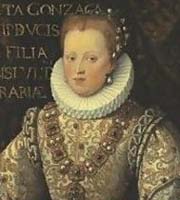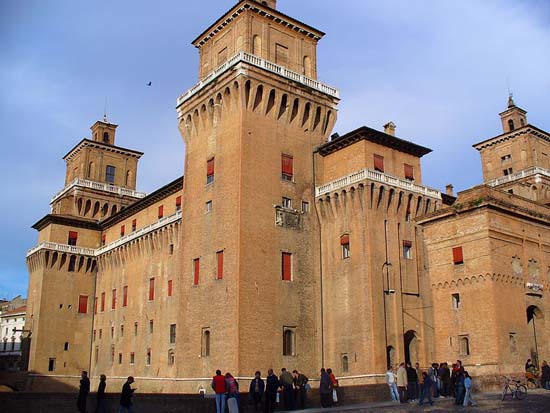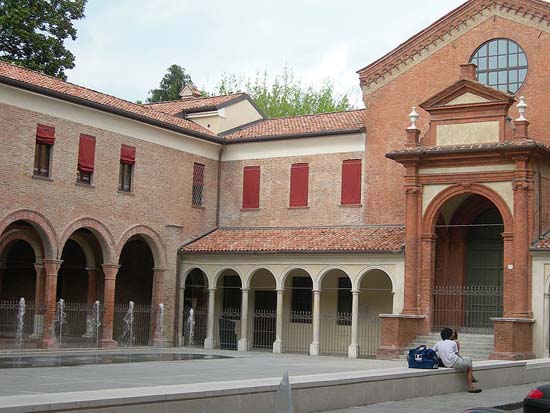Ferrara and the fall of the House of Este

Ferrara was home to one of the main branches of the powerful Este family, named after the small town of Este to the north. It was a center of the arts and sciences, the birthplace of Girolamo Savonarola and both Ariosto and Tasso lived and wrote there. The ancestral line came to an end with the death of Alfonso II d'Este in 1597, since he had no heirs. Ferrara was incorporated into the Papal States. Why did he have no known children, legitimate or otherwise?

Alfonso's first wife was Lucrezia di Cosimo de' Medici (above), but she died in 1561, two years after their marriage, from tuberculosis, or perhaps it was from poisoning, at the age of 17. If it was poisoning, the motives remain unclear, but it seems to have inspired Browning's poem My Last Duchess (1842). Alfonso's second wife was Barbara of Austria (not shown) and she too apparently succumbed to tuberculosis.

Alfonso's longest marriage was to Margherita Gonzaga (above), sister of Vincenzo of Mantua, which lasted from 1579 until his death. Margherita played a key role in supporting the "concerto delle donne" - the first really professional group of women singers. As did Monteverdi, whose music demanded trained, female voices. These two had a major impact on the development of the madrigal in the late 16th century and it's unfortunate that the role of women singers would be usurped by the castrati in the decades that followed.
The Este family's power in Ferrara was symbolized by the imposing Castello Estense, shown below. It is surrounded by a moat.

Tasso's "cell" was in the building shown below, on the Piazzetta Sant'Anna. It is a short walk from the Castle Estense. In Tasso's day it was the "madhouse of St. Anna" (Ospedale Sant'Anna), a spot he earned in 1579 for disrupting Alfonso's wedding to Margherita. He remained there for seven years. Most of the original building behind it has now gone.

